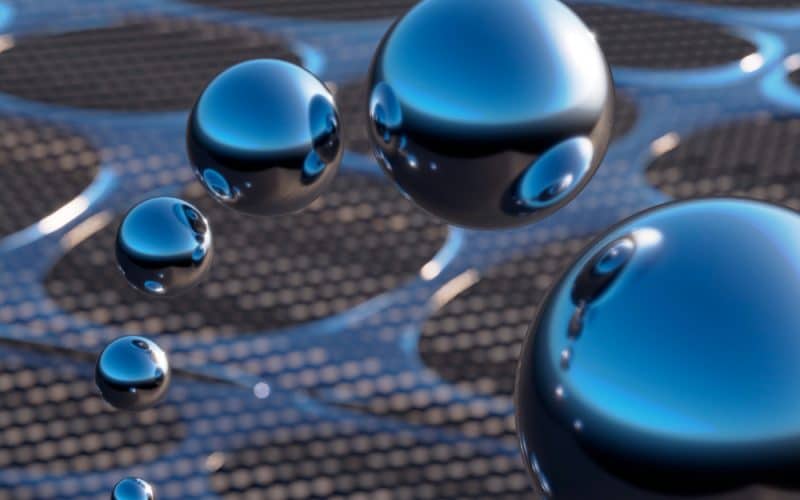Heat-resistant plastics and polymers play a vital role in modern industry’s dynamic landscape, driving innovation and efficiency as indispensable materials. These advanced materials provide numerous benefits across sectors such as automotive manufacturing and electronics; they empower businesses to thrive even in challenging environments. The properties and diverse applications of heat-resistant plastics and polymers within the business sector warrant further exploration.
High-Temperature Resistance
Heat-resistant plastics and polymers, engineered to endure extreme temperatures, form an essential reliance for businesses. This engineering guarantees a consistent performance even in challenging conditions due to the thermal stability of these materials; thus, it becomes crucial for operations within high-temperature environments where reliable functionality is non-negotiable.
Chemical and Mechanical Durability
The chemical resistance and mechanical durability of heat-resistant plastics deliver enduring performance in harsh industrial settings, thereby benefiting businesses. Their low coefficients of thermal expansion guarantee dimensional stability, mitigate the risk of deformation, and secure manufacturing process precision.
Strategic Applications in Various Industries
Heat-resistant plastics and polymers in the automotive sector: they apply to critical components, like engine parts and under-the-hood elements. Their capacity for withstanding high temperatures not only enhances engine performance but also boosts fuel efficiency; thus, it fosters robust production of energy-efficient vehicles.
Electronics Manufacturing
In the production of components such as circuit boards and encapsulation materials, electronics businesses leverage heat-resistant polymers; these materials offer thermal insulation–a crucial element in protecting sensitive electronic devices from heat-induced damage. This strategy guarantees not only reliability but also longevity for our electronic systems.
Aerospace and Aviation
Heat-resistant plastics pivotally craft interior components, engine parts, and structural panels in aerospace manufacturing. These materials stand firm against the extreme temperatures that aircraft and spacecraft encounter during flight; thus their contribution to safety and performance is significant.
Industrial Machinery and Equipment
Heat-resistant plastics, such as those utilized in machinery components like pumps, valves and seals, underpin industries’ reliability and longevity of their equipment. This strategy reduces both downtime and maintenance expenses within industrial settings.
Medical Device Production
The medical industry relies indispensably on heat-resistant polymers for manufacturing sterilization trays, surgical instruments and implantable devices. These materials provide not only biocompatibility but also thermal stability; thus guaranteeing the safety and efficacy of various medical apparatus.
Food Processing and Packaging
In the packaging materials and containers of food processing businesses, they employ heat-resistant plastics. These materials not only provide outstanding barrier properties but also endure high temperatures during sterilization processes; this action guarantees both food safety and quality.
Construction and Infrastructure
Heat-resistant polymers, in the construction sector, play a significant role: they produce roofing membranes; manufacture insulation panels or heat resistant tape – even contribute to structural components. By providing fire resistance and thermal insulation–these materials not only enhance the durability of buildings but also promote sustainability for infrastructure projects.
Renewable Energy Applications
Increasingly, businesses explore the use of heat-resistant plastics and polymers in renewable energy technologies: solar panels; wind turbines–even geothermal systems. These materials enhance efficiency and durability within this infrastructure — a crucial step towards embracing sustainable energy solutions while reducing environmental footprints. Moreover, one cannot understate the critical role that heat-resistant plastics assume: they are indispensable in producing components for energy storage systems (batteries, capacitors specifically)–thus supporting growth within our burgeoning renewable sector.
Driving Business Innovation and Success
Diverse sector businesses harness the power of heat-resistant plastics and polymers to foster innovation and attain operational excellence. They exploit these materials’ unique properties, thereby elevating product performance, reliability, and safety; this strategy grants them a competitive edge within their respective markets. With technology’s ongoing advancement—businesses should anticipate additional innovations in heat-resistance materials—which will herald fresh avenues for growth and progression within the global marketplace.






